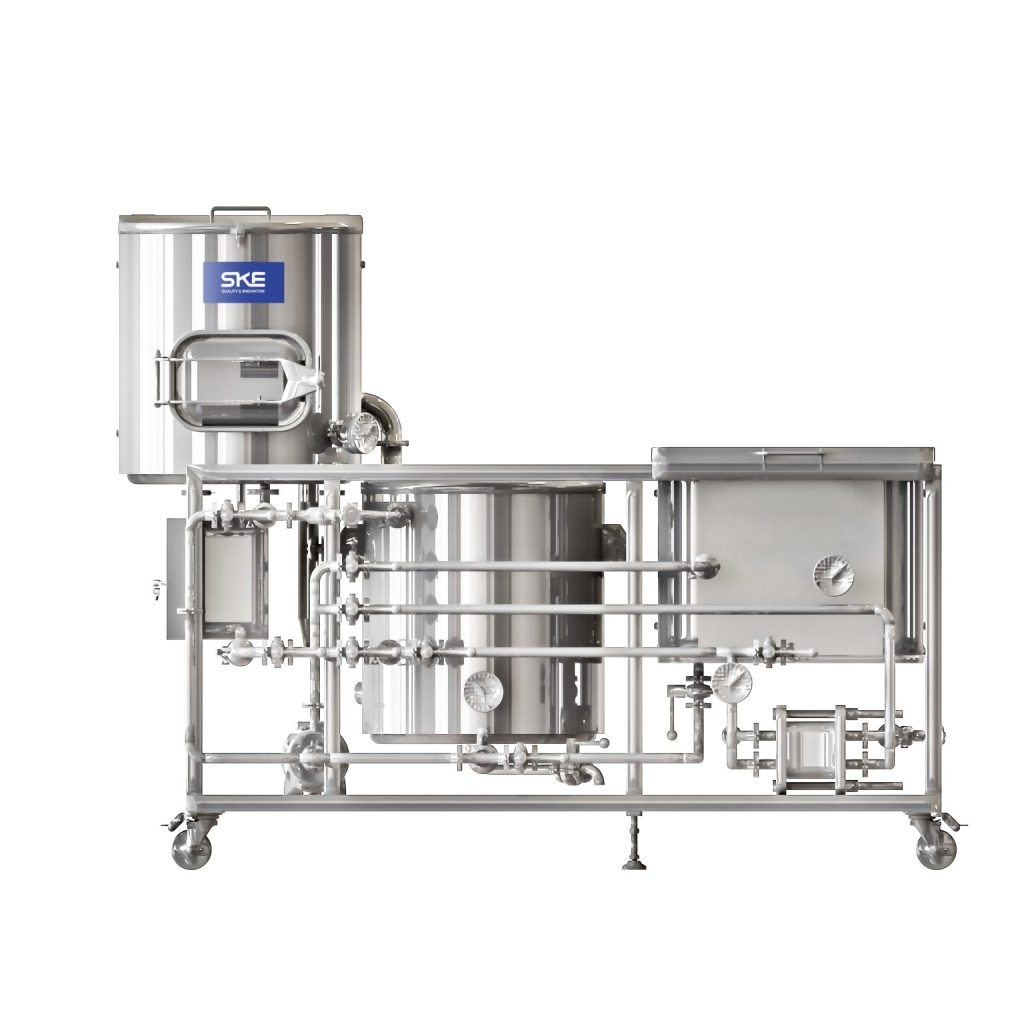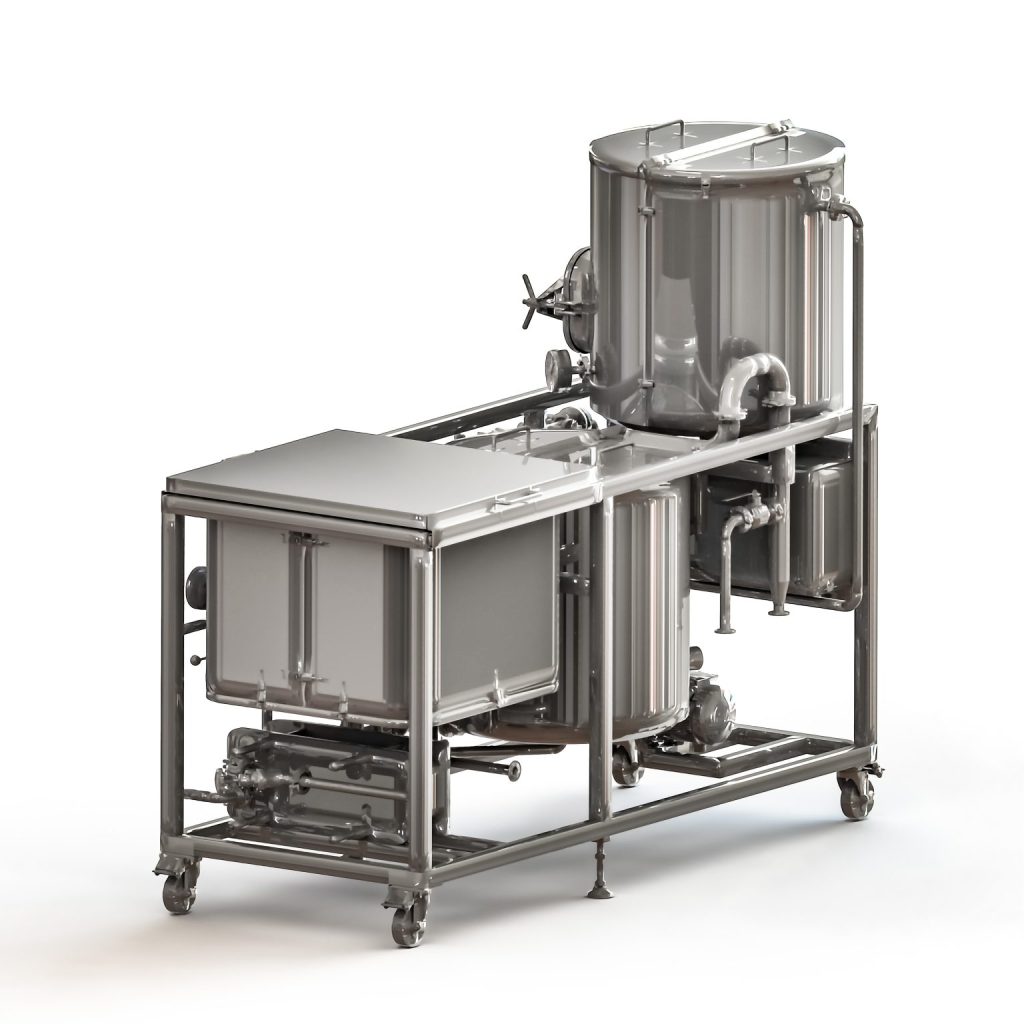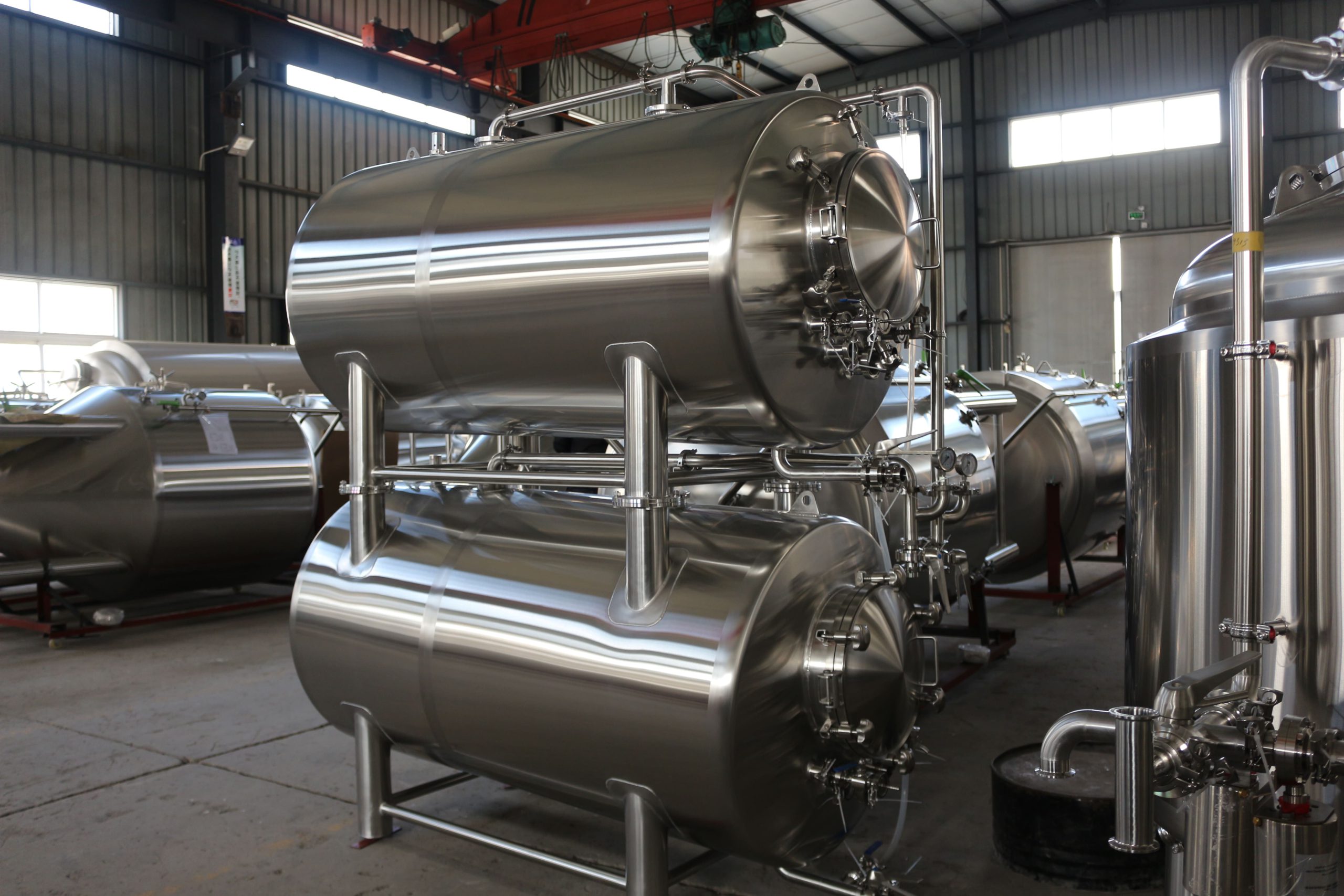Introduction

Brewing your own beer at home can be an incredibly rewarding hobby. Not only do you get to enjoy the fruits of your labor, but you also gain a deeper appreciation for the craft of brewing. However, choosing the right home beer brewing equipment can be a daunting task, especially with the multitude of options available in 2024. This guide aims to simplify the process by providing comprehensive information on the best home beer brewing equipment available today. Whether you’re a novice brewer or a seasoned pro, this guide will help you make an informed decision.
Understanding Your Brewing Needs
Before diving into specific equipment, it’s important to understand your brewing needs. Are you looking to brew small batches for personal consumption, or do you want to scale up production? Here are some factors to consider:
Batch Size
The size of your batches will determine the type of equipment you need. Home brewers typically brew in 1-gallon, 5-gallon, or 10-gallon batches.
Experience Level
Beginners may prefer starter kits that include all the necessary components, while experienced brewers might want to invest in more advanced equipment.
Space
Consider the amount of space you have available. Larger equipment requires more room, so ensure you have adequate space in your home or garage.
Budget
Brewing equipment can range from affordable to expensive. Set a budget before shopping to avoid overspending.
Essential Home Beer Brewing Equipment
To start brewing beer at home, you’ll need some essential equipment. Here’s a list of must-have items:
Brew Kettle
A brew kettle is where you’ll boil your wort. It’s essential to have a high-quality kettle that can hold your desired batch size.
Fermenter
After boiling, the wort needs to be fermented. Fermenters come in various sizes and materials, including plastic, glass, and stainless steel.
Airlock and Stopper
These components are used to seal the fermenter and allow gases to escape during fermentation without letting contaminants in.
Bottling Bucket and Bottles
Once fermentation is complete, you’ll need a bottling bucket to transfer your beer into bottles for carbonation and storage.
Hydrometer
A hydrometer measures the specific gravity of your wort, helping you determine the alcohol content and track fermentation progress.
Cleaning Supplies
Sanitation is crucial in brewing. Invest in high-quality cleaning supplies to ensure all your equipment is properly sanitized.
Advanced Home Beer Brewing Equipment
For those looking to take their brewing to the next level, consider investing in some advanced equipment:
Wort Chiller
A wort chiller rapidly cools your wort after boiling, reducing the risk of contamination and improving the clarity of your beer.
Mash Tun
A mash tun is used for mashing grains. It’s essential for all-grain brewing and can significantly improve the quality of your beer.
Kegging System
Kegging your beer instead of bottling can save time and provide fresher beer. A kegging system includes kegs, CO2 tanks, and regulators.
Brewing Software
Brewing software helps you plan and track your brewing process. It can be particularly useful for creating recipes and calculating ingredient quantities.
Comparing Home Beer Brewing Equipment

To help you choose the best home beer brewing equipment, we’ve compared some popular options available in 2024. The table below outlines key features and prices:
| Equipment | Features |
|---|---|
| Brew Kettle | Stainless steel, 5-10 gallons, built-in thermometer |
| Fermenter | Plastic/glass/stainless steel, 5-10 gallons |
| Wort Chiller | Copper/stainless steel, immersion/plate |
| Mash Tun | Insulated, false bottom, various sizes |
| Kegging System | Includes kegs, CO2 tank, regulator |
| Brewing Software | Recipe creation, batch tracking |
How to Maintain Your Home Beer Brewing Equipment
Proper maintenance of your home beer brewing equipment is crucial for producing high-quality beer consistently. Here are some tips:
Cleaning
Always clean your equipment immediately after use. Use non-abrasive cleaners to avoid damaging your gear.
Sanitizing
Sanitize all equipment that comes into contact with your wort or beer. This includes fermenters, airlocks, and bottling equipment.
Regular Inspections
Regularly inspect your equipment for signs of wear and tear. Replace any damaged components to avoid contamination or brewing issues.
Proper Storage
Store your equipment in a clean, dry place. Avoid areas with extreme temperatures or high humidity, which can damage your equipment.
Conclusion
Choosing the best home beer brewing equipment in 2024 involves understanding your brewing needs, researching your options, and investing in high-quality gear. Whether you’re just starting or looking to upgrade your setup, the right equipment can make a significant difference in the quality of your homebrewed beer. By following this guide, you’ll be well-equipped to make informed decisions and enjoy the rewarding hobby of home beer brewing. Cheers to brewing success!
FAQs
Q: What is the best home beer brewing equipment for beginners?
A: Beginners should start with a complete brewing kit that includes all essential components like a brew kettle, fermenter, airlock, and bottles. Brands like Brewer’s Best and Northern Brewer offer excellent starter kits.
Q: How much does it cost to start home brewing?
A: The cost can vary widely, but a basic setup can be as affordable as $100-$200. More advanced setups with additional equipment can cost $500 or more.
Q: Can I brew beer without a wort chiller?
A: Yes, you can cool wort using an ice bath, but a wort chiller is more efficient and reduces the risk of contamination.
Q: Is glass or plastic better for fermenters?
A: Both materials have their pros and cons. Glass is less permeable to oxygen and easier to clean but can break easily. Plastic is more durable and lighter but may scratch and harbor bacteria.
Q: How long does the brewing process take?
A: The brewing process, from brewing to bottling, typically takes about 4-6 weeks. This includes 1-2 weeks for fermentation and 2-4 weeks for carbonation in bottles.

